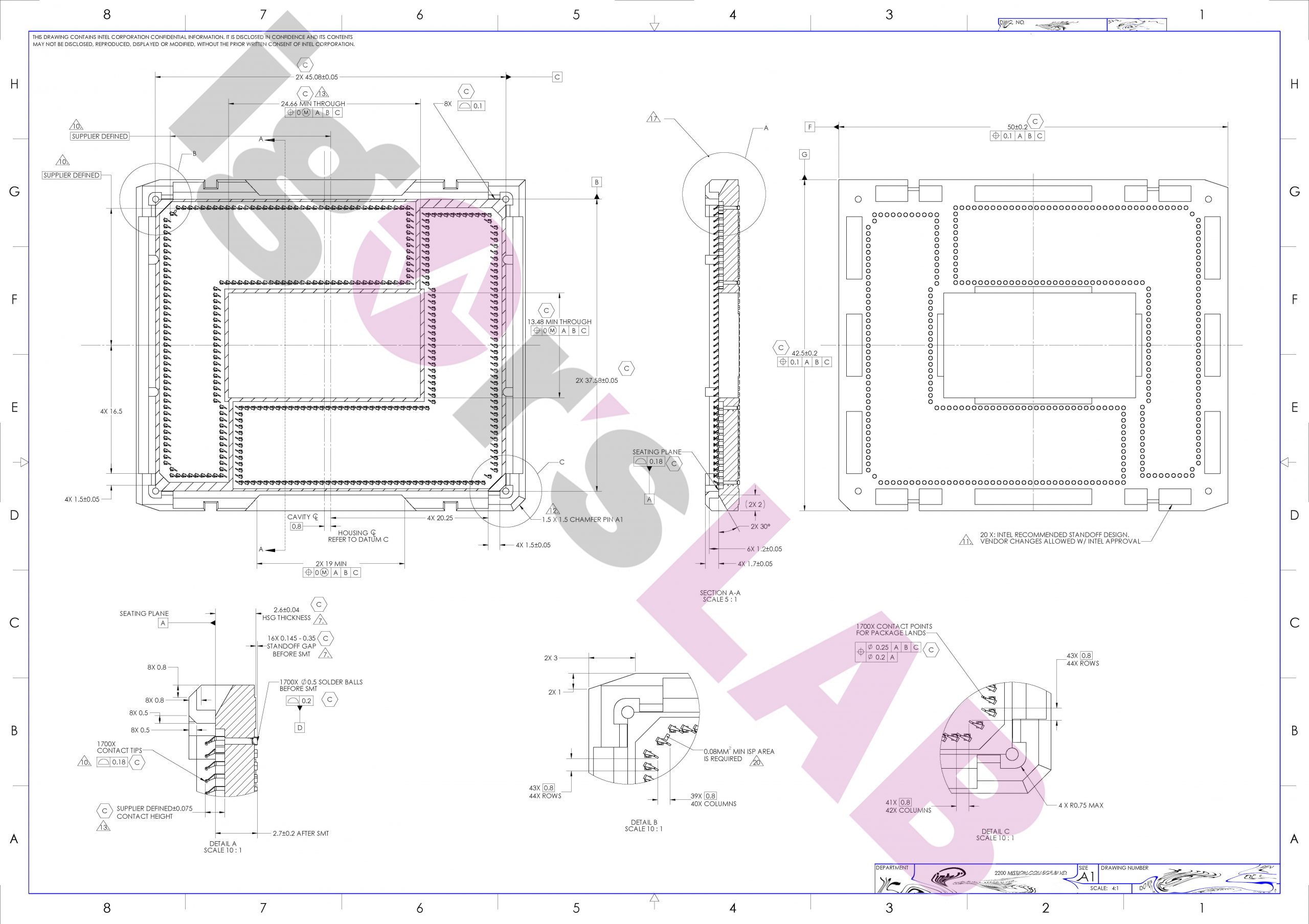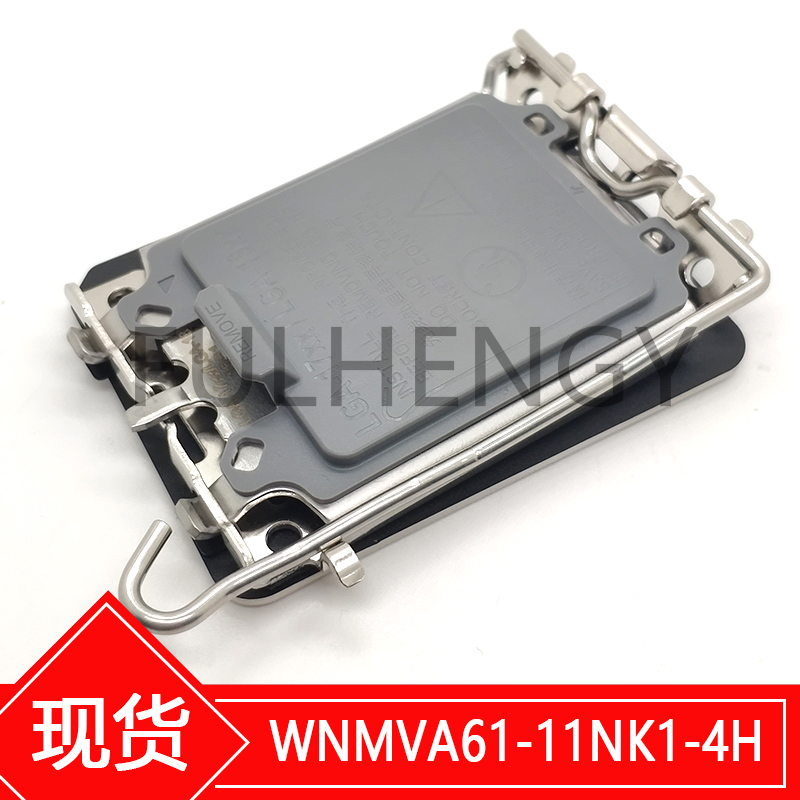Reusing Your Old LGA15xx Cooler For Alder Lake May Not Be A Good Idea
Igor's Lab has just spilled the beans on Intel's upcoming LGA1700 and LGA1800 sockets. The confidential technical drawings revealed that while cooling manufacturers can just adapt existing LGA1200 CPU coolers to fit the LGA1700 socket, it might not be the best idea in some scenarios.
It's pretty much common knowledge by now that Alder Lake processors will slot into the LGA1700 socket. With a 41.7% increase in pins, the LGA1700 socket will adopt a rectangular shape, deviating from Intel's traditional square design with the prior LGA115x and LGA1200 sockets. Alder Lake allegedly arrives in a 37.5 x 45 mm package. As a result, a few vendors are working on new mounting kits so existing LGA115x owners can recycle their cooling solutions on the LGA1700 socket if desired.
Alder Lake's rectangular body will prove to be a problem for some CPU coolers, especially ones that use direct contact heat pipes. The positioning of the heat pipes may not optimally cover the crucial areas for Alder Lake since the cooler wasn't designed for the shape of the chip. AIO liquid coolers, on the other hand, should work fine, depending on how the CPU waterblock is designed. Waterblocks with a rectangular design features microchannels that flow through the entire integrated heat spreader (IHS).
Author Igor Wallossek thinks that the liquid coolers designed for AMD's Ryzen Threadripper or Intel's Xeon processors will be okay. The AIO liquid coolers with a smaller and round CPU waterblock will likely run into problems cooling Alder Lake.













For reference, the motherboard hole pattern on the existing LGA1200 socket is 75 x 75mm. The LGA1700 socket, however, pushes the measurements to 78 x 78mm. The new proportions will render some CPU coolers unusable on a whole, though.
In addition to the change in dimensions, Z-height for Alder Lake changes substantially as well. Z-height refers to the distance between the top of the motherboard PCB to the top of the IHS on the processor. For LGA1200, the Z-height was 7.312 to 8.249mm. Intel reduced the Z--height for LGA17000 between 6.529 to 7.532mm so it's evidently lower. This means that mounting pressure has also changed.
Chinese retailers (via HXL) are already selling the LGA1700 socket on popular Chinese platforms, such as Taobao for $5.42. Although the LGA1700 socket will use a new cover to protect the pins, the latch mechanism reportedly remains unchanged. On the topic of the pins, they are arranged in two L-shaped areas and align with the layout of the leaked Alder Lake chips.
Get Tom's Hardware's best news and in-depth reviews, straight to your inbox.
If the diagrams are accurate, Intel may include its characteristic circular heatsink with Alder Lake. The design looks identical to the one that the chipmaker has been using for a lifetime. Obviously, you can't use previous Intel heatsinks with Alder Lake and vice versa due to the distance difference in the mounting holes.




The LGA1700 socket is expected to house two next-generation processors from Intel: Alder Lake and subsequently, Raptor Lake. Curiously, the processor cover shows "LGA-17xx / LGA-18xx," implying that Intel will continue with the rectangular design going forward.
It's unknown if the LGA1800 will even exist, much less what Intel has planned for it. If we look at the rumored roadmap, the rumored 7nm Meteor Lake should be the next in line after Raptor Lake. If so, then the LGA1700 is probably just a stepping stone, and Intel will update the socket to support future processors. The cover from the Taobao listing claims compatibility for both LGA1700 and LGA1800. This seemingly suggests that even if Intel adds 100 more pins to the socket, the dimensions should remain the same.
Alder Lake will be an interesting processor launch because of its hybrid design and being the first mainstream chip to welcome the DDR5 era. The potential launch time frame for Alder Laker is between late 2021 to early 2022.

Zhiye Liu is a news editor, memory reviewer, and SSD tester at Tom’s Hardware. Although he loves everything that’s hardware, he has a soft spot for CPUs, GPUs, and RAM.